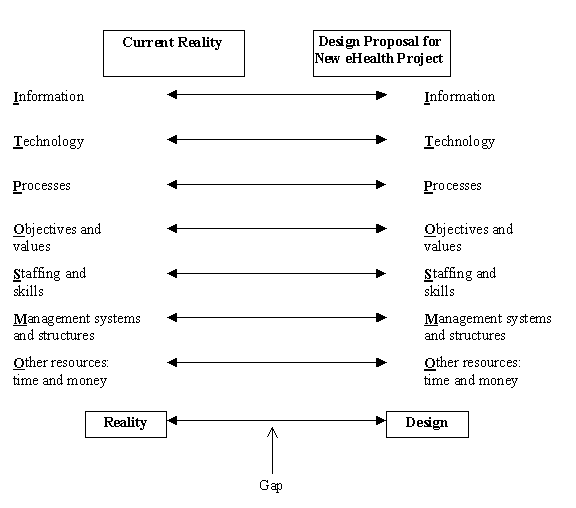St. Raphael and Yale hospitals are planning to install EPIC systems.
www.epic.com
91% of HIMSS Stage 7 Hospitals Use EpicCare
-HIMSS Analytics
Inpatient Clinicals
The EpicCare Inpatient Clinical System spans all hospital departments and specialties, giving providers the tools they need to deliver safe, high-quality care. EpicCare's role-based navigators simplify relevant information access for physicians, nurses, therapists, dietitians and any other provider in the hospital setting. Integrated tools include:
- Wizard-guided Med Rec
- Collapsible/Expandable Flowsheets
- Electronic MAR
- Interdisciplinary Care Plans
- Hospital Outpatient Support
- Clinical Pathways
- ICU Support
- Barcode Administration via Rover
- Pharmacy Integration
EpicCare Inpatient shares user-friendly documentation and CPOE features with the rest of Epic's clinical suite, making it easy for users to place orders, minimizing the documentation workload and maintaining a consistent, familiar user interface. At every point in the care process, clinical decision support works to protect patient safety and encourage compliance with organizational best practices.
The integrated design approach translates into a system nurses, physicians and pharmacists embrace. KLAS** noted:
"The typical Epic hospital uses CPOE at a wider and deeper level than other hospitals. Epic has the highest number of hospitals performing closed-loop medication administration, and by a wide margin, the highest per-hospital percentage of physicians that enter notes electronically."
Inpatient Registration, ADT and Hospital Billing
Enterprise Registration - Inpatient Access
ADT/Prelude Enterprise Inpatient Registration improves bed utilization and gives users the tools to manage hospital stays from pre-admission through discharge. Clinicians can access an efficient census workspace that allows them to view and update current information on patients in their care. Flexible workqueues help nurses and other staff members plan for upcoming ADT events, follow up on missing or inconsistent data and assess utilization.
Enterprise Scheduling
Cadence Enterprise Scheduling makes it easy for users to schedule any type of visit or procedure from anywhere in your organization. It also enhances your ability to keep appropriate slots open, take patient preferences into account and deliver high-quality service that will distinguish your organization.
Cadence serves as an intelligent partner for users, providing context-specific instructions, conflict checking and solutions for complicated appointment searches. Comprehensive rules-based scheduling features accommodate the needs of each clinician, room and piece of equipment – optimizing the use of staff and capital resources throughout your organization.
Hospital Billing
Resolute Hospital Billing coordinates inpatient and outpatient billing for hospitals. It gives your front- and back-office staff the tools they need to streamline billing and collection processes, reduce payor denials and minimize A/R days. Resolute's features support billing staff throughout the hospital, helping you improve your financial performance and encouraging excellent patient service.
Drawing information directly from the EpicCare clinical system, Resolute automatically completes appropriate fields and submits claims in HIPAA-compliant transaction formats. Extensive rules-based claim scrubbing accelerates reimbursement and minimizes rejected claims, even with the most demanding payors. Comprehensive reporting tools help executives track and report on all aspects of financial performance.
Call Management
Customer Relationship Management/Call Management enhances customer service communications by storing patient information, service issues and contact histories in a central location. The system allows users to effectively document, route, monitor and resolve customer service inquiries from patients. The system's integrated reporting tools help you conduct detailed analysis of your organization's customer service, from evaluating individual patient/staff relationships to measuring the overall responsiveness of an entire facility, entity or department.
Integrated Ambulatory EMR
Connecting Affiliates
Epic provides large organizations with structured methods for extending a shared electronic record system to affiliated physician practices and community hospitals. Participating in an Epic shared record solves many of the challenges community providers have with Meaningful Use and interoperability. It does so in a way that's better for patients and less expensive to implement.
You share patients. It makes sense to share their records.
Care quality and continuity are the most obvious benefits of a single shared record, but patients also appreciate the self-service conveniences of MyChart, which can be made available to patients seen in community physician offices. A complete community care record contributes to safer care in the hospital, and conversely, a complete hospital record in the physician's office builds trust and improves follow-up.
Sharing costs less and is less risky.
Depending upon the pricing and subsidy decisions at the host organization, community physicians can have all the benefits of a shared record at a lower cost than implementing a free-standing EHR. They also have the benefit of piggybacking on the technical resources of the host organization, which simplifies hosting, support and upgrades. Small practices can be confident that they are joining a successful implementation and avoid the risks of starting from scratch. Referral workflows are as simple as sending e-mail and require no costly interfaces.
Details for community practices:
- Makes use of our pre-built Model System to extend the best clinical content, order sets and workflow navigators of our customer community.
- Shares clinical data freely with appropriate providers, but privately partitions finances and scheduling.
- Includes turnkey e-learning content for self-guided user training and assessment.
- After configuration, enables rollout to as many as 2 practice sites per business week.
- Supports specialists with appropriate order sets and documentation tools.
- Includes one-time and monthly licensing options for end users.
Details for community hospitals: - Takes advantage of a structured build that can be fitted to individual hospitals with minimal configuration... in as little as 48 days.
- Supports closed-loop medication workflows via Epic's integrated inpatient pharmacy system.
- Uses, in many cases, the existing external interfaces of the host organization. Adheres to HL7 standards for others.












